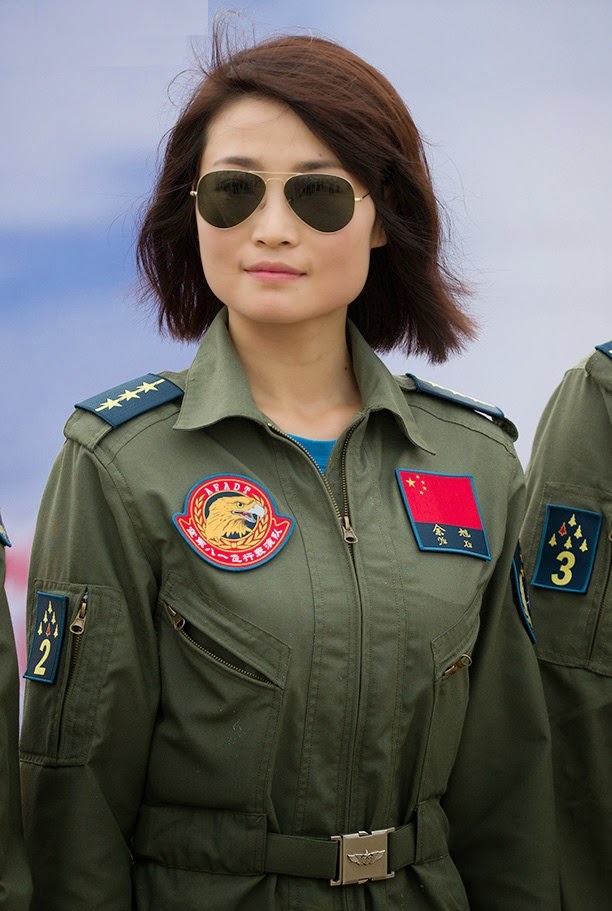

In 1977, Congress passed and President Jimmy Carter signed legislation granting former WASP veterans status and limited benefits. The WASP were having none of that and demanded their group be recognized for their contributions to the war effort in the 1940s. Then in the 1970’s the Air Force announced it would allow women into their pilot training program, igniting a media firestorm about the first female pilots in the United States military. The WASP program officially ended December 20, 1944, and the women went home.Īfter the war, the Army classified the program and sealed the records, and the WASP faded from public memory. Public support for the program plummeted as people believed the female pilots were no longer freeing up men to fight but were now taking jobs that rightfully belonged to men.

The flight trainers, concerned they would be drafted into the Army’s ground forces, began a letter writing campaign to Congress and the media insisting they were entitled to the jobs the WASP were doing. Consequently, the women were often required to pay their own travel expenses between assignments, and the families of the women killed in training accidents and ferrying flights had to pay to have the bodies delivered home.Īs WWII wound down in Europe and stateside male flight trainers were no longer needed to train new male pilots for the front, public and Congressional opinion of the WASP program began to change. Their pilots also towed targets for gunnery training-with live ammunition.ĭespite the best efforts of Love and Cochran, the army never granted the WASP military status while the program was active. The women flew all types of aircraft, including nimble fighters and heavy bombers, from factories to military bases and between military bases across the country. The WASP program, led by Nancy Harkness Love and Jackie Cochran, was based in Sweetwater, Texas, but their pilots worked out of 126 military bases across the U.S. Women pilots, in this particular case, are a weapon waiting to be used.” More than 1,100 women answered the call to join the Women’s Air Force Service Pilots, or WASP, and thirty-eight of them died in service to their country. “We are in a war, and we need to fight it with all of our ability and every weapon possible. “This is not a time when women should be patient,” Eleanor Roosevelt declared. Rosie the Riveter called thousands of women to the wartime factories, and someone needed to fly the aircraft from the end of the assembly line to military bases across the U.S. military needed every male pilot they could train for service overseas. World War II was raging in both the European and Pacific theaters, and the U.S. Independent Women’s Forum Article By Karla Jacobsįrom 1942-1944, women piloted the majority of combat aircraft flown within the United States.


 0 kommentar(er)
0 kommentar(er)
